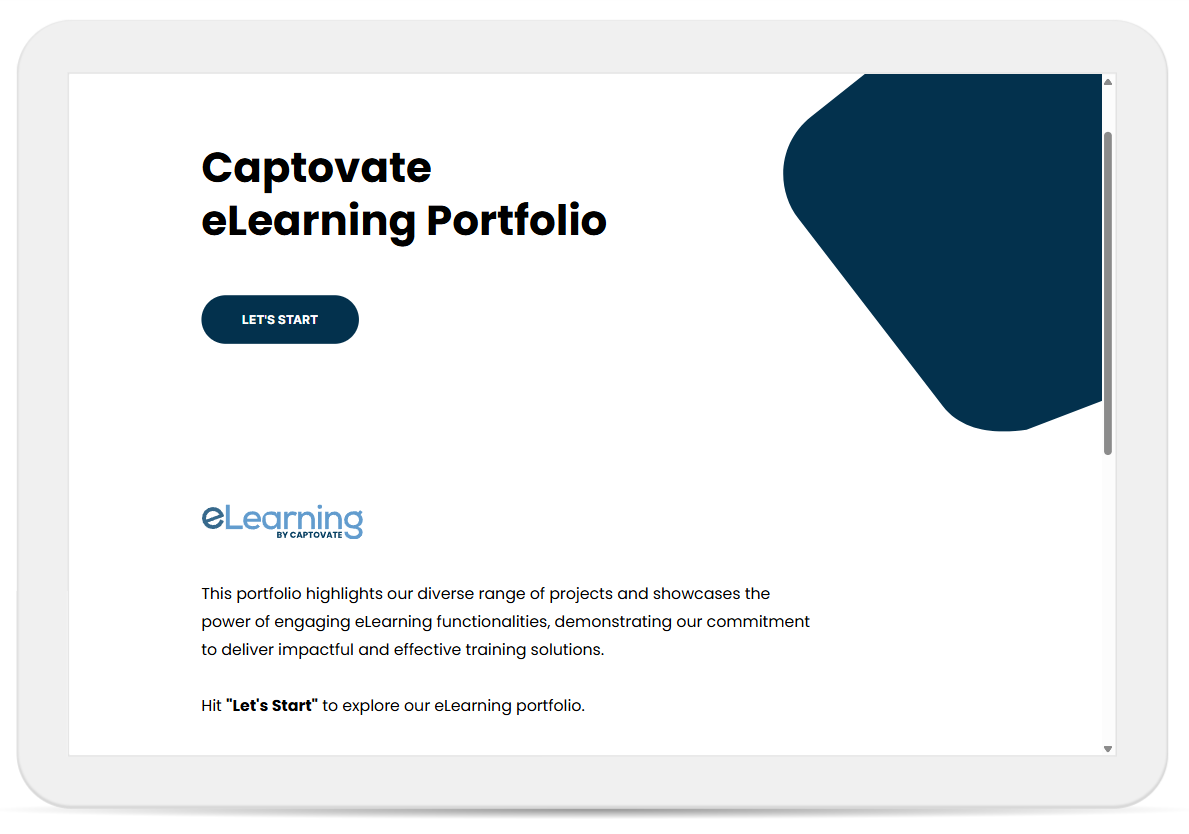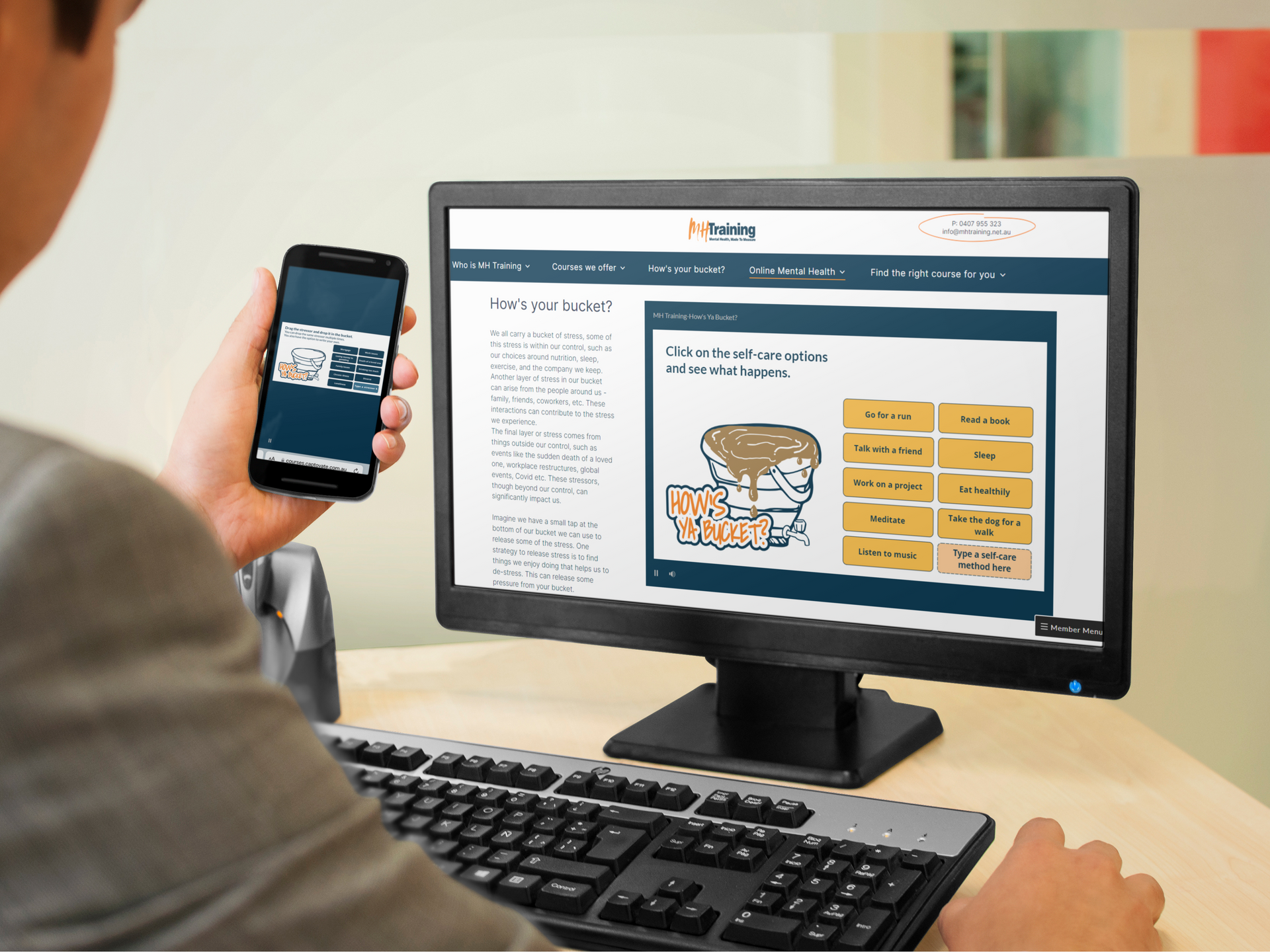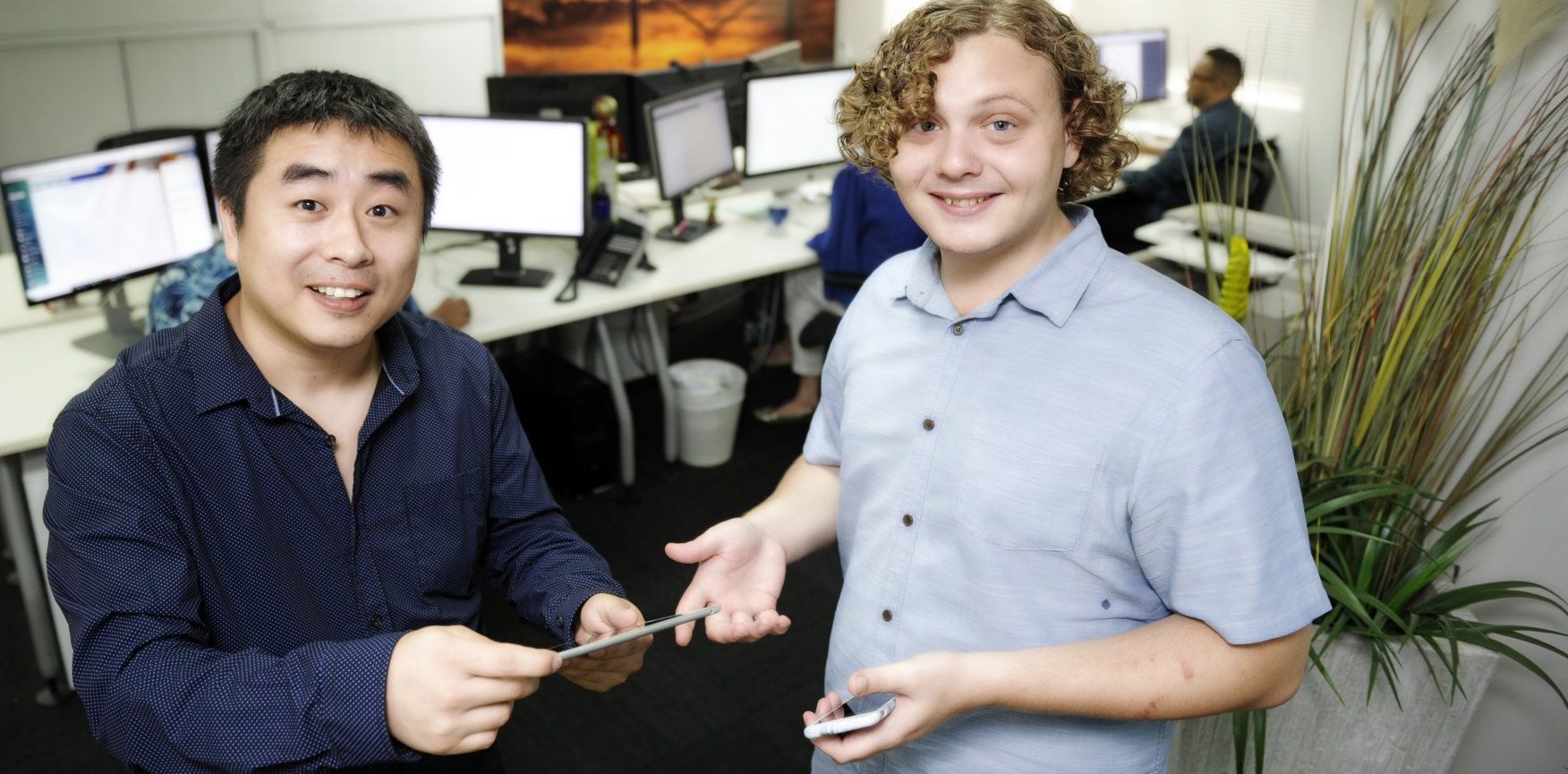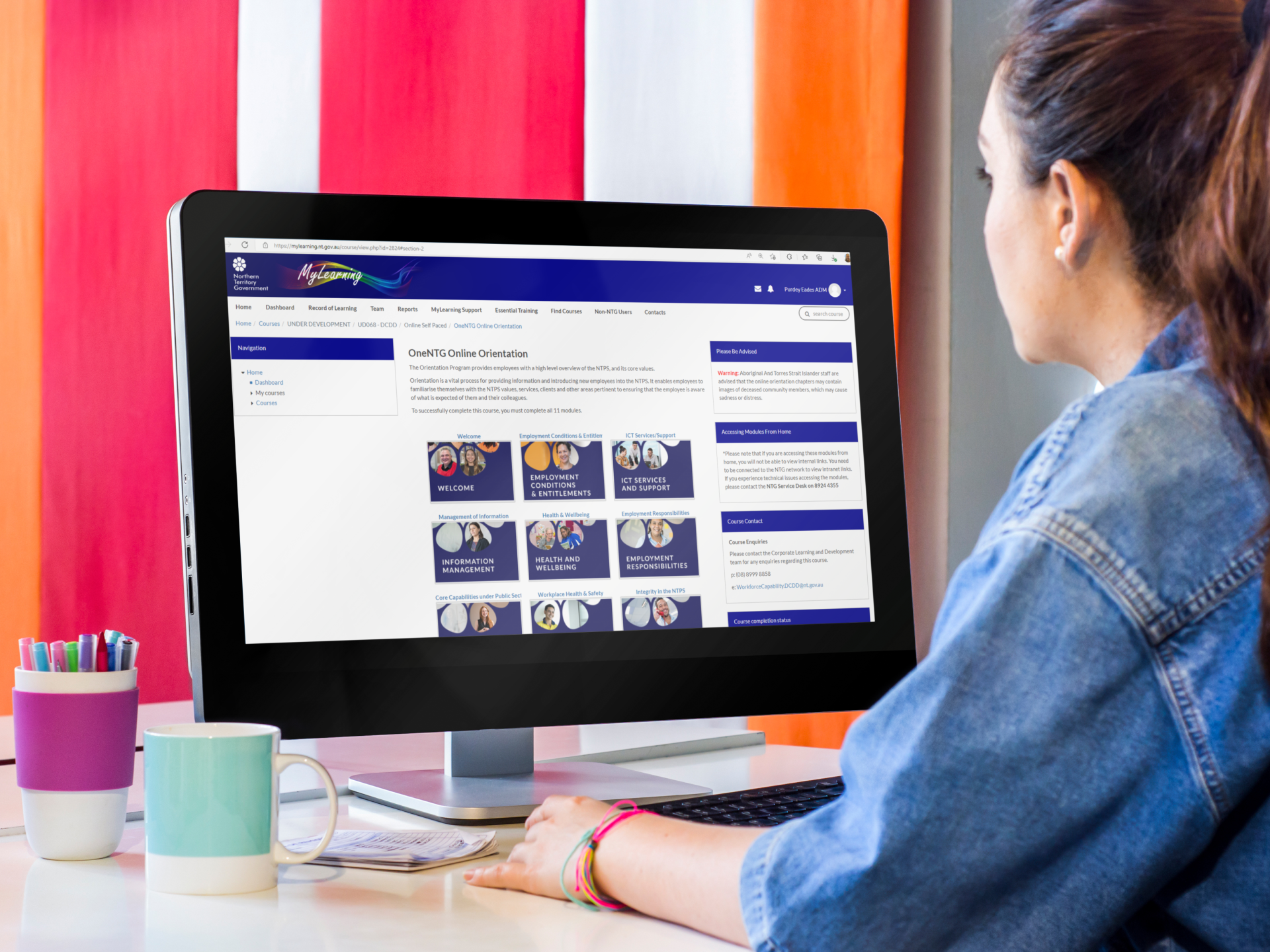eLearning Creative Methods
We are skilled at ensuring eLearning modules are designed to be interactive and engaging. The tools we use have the functionality to allow inclusion of creative media, voice-over, online videos, and hover text. This approach includes a variety of learning pedagogies to maintain interest and accommodate individual learning styles. Below are a few of the ways in which we approach the creative.
Avatars
Avatars are a good way to establish a connection with the audience, especially if there are voiceovers, as it gives the audience context and a more personal feel. There are different approaches we can take when creating avatars.
Using real photos – The example below is a project we worked on for the Department of Education, where we created real life characters to support the content.
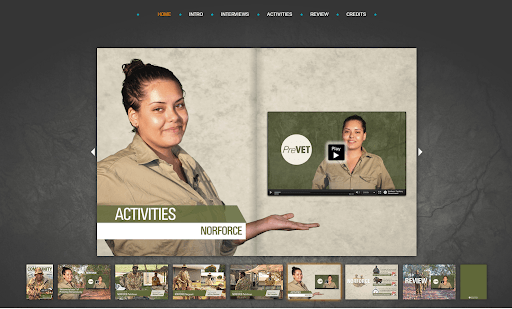

Drawing photos – This process includes adding a treatment to a real photo. This can help if individuals in the photos need to be de-identified.

Avatars created from Articulate – The Avatars that come with the program are animation style images but also come with a huge suite of poses and expressions, so it enables us to place the ‘people’ within the story and gives them life and personality.

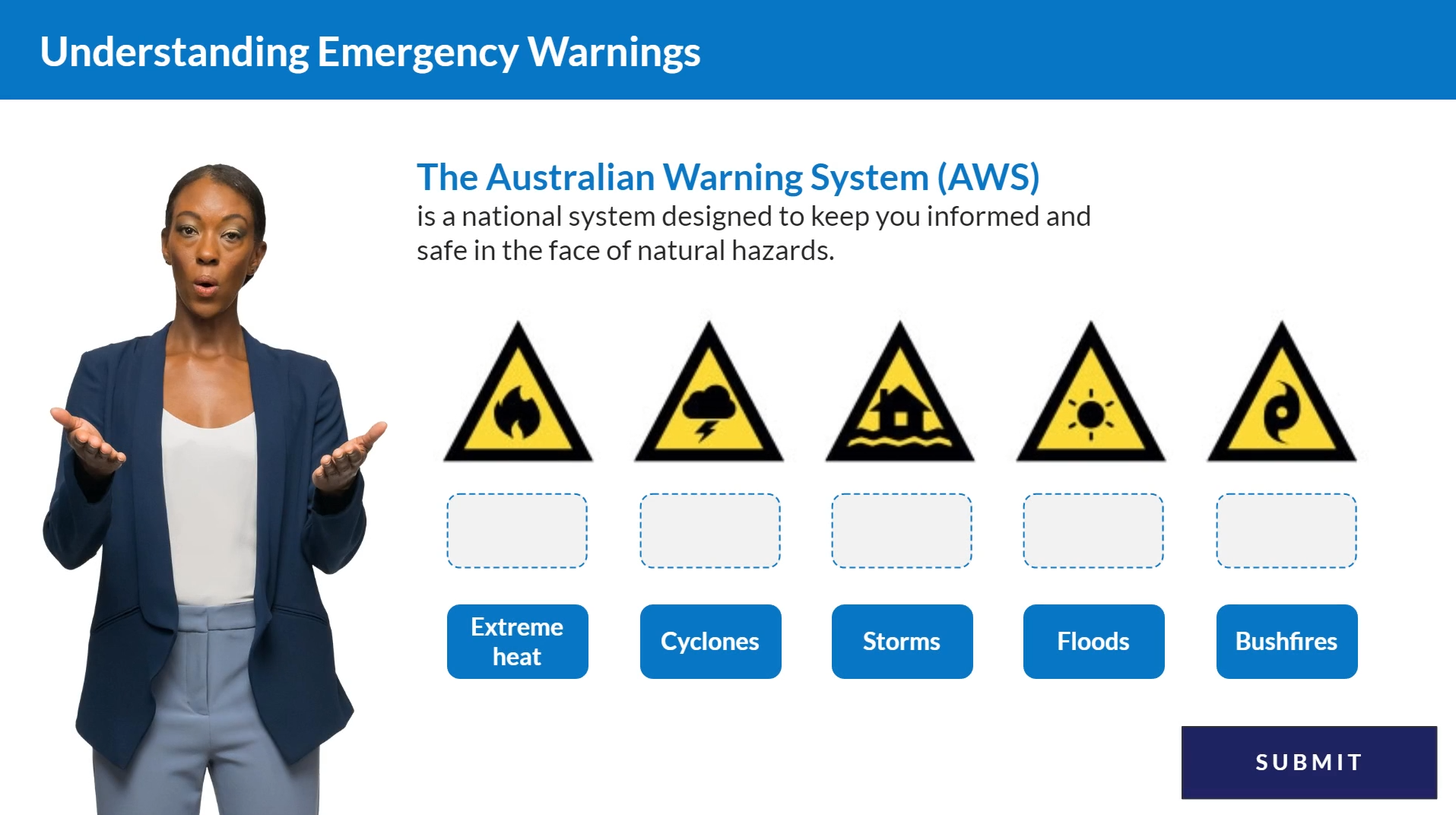
Customized Avatars – Captovate's illustrator created unique characters, and bespoke imagery to fit the content requirements of the Northern Land Council.

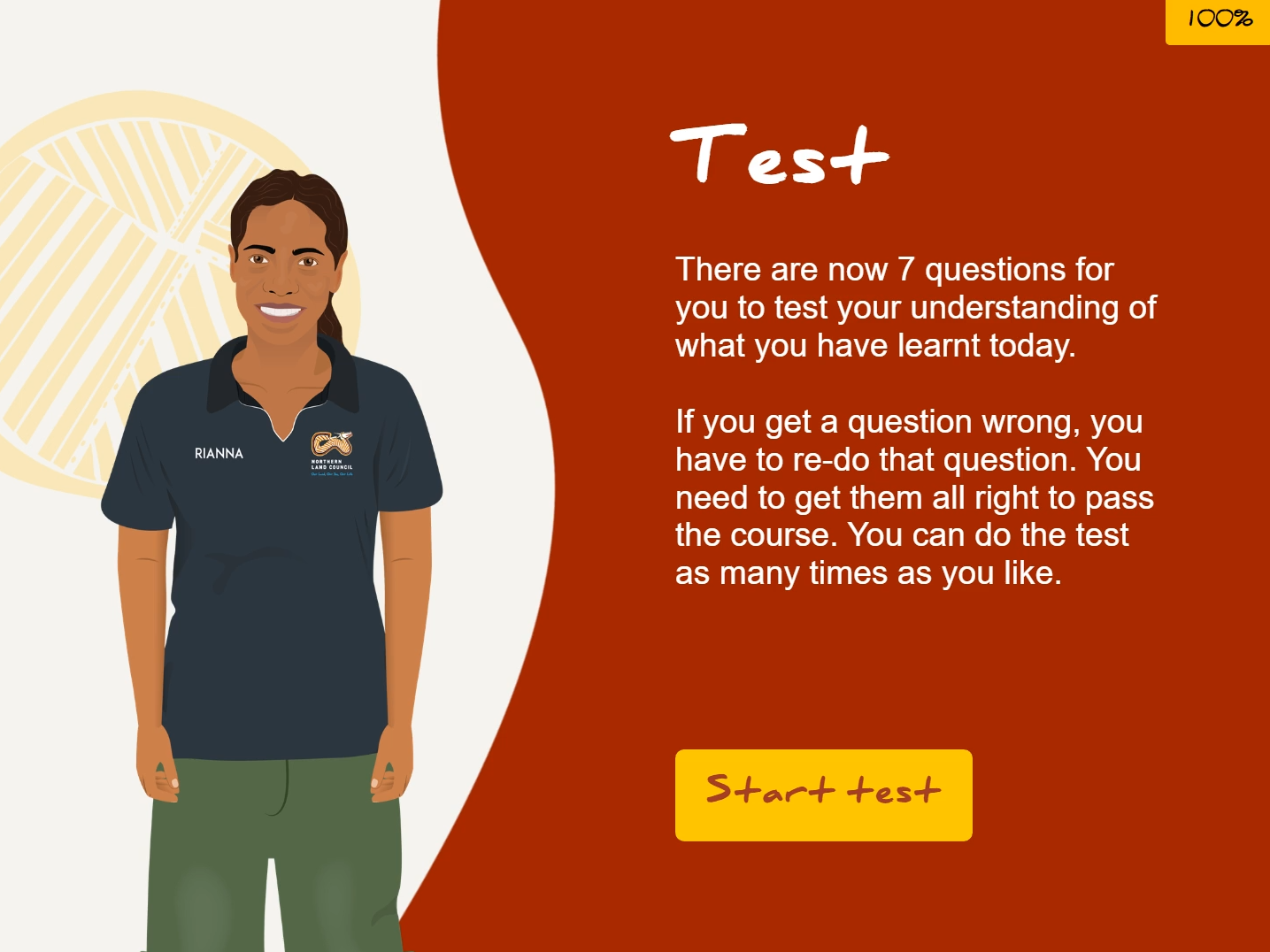
Activity based learning
Captovate’s instructional designers follow recognised andragogy (adult learning) practices - a theory that holds a set of assumptions about how adults learn. It uses approaches to learning that are problem-based and collaborative rather than didactic (traditional lecturing or teacher "knows all" model). Captovate aims to approach content creation by applying ‘Gagne’s 9 Events of Instruction’ to developing storyboards and scripts. These are:
- Gain attention
- Inform learners of objectives
- Stimulate recall of prior learning
- Present the content
- Provide “learning guidance”
- Elicit performance (practice)
- Provide feedback
- Assess performance
- Enhance retention and transfer to the job.
Captovate looks to develop engaging content using a variety of techniques to optimise learning such as reflection, summarising, feedback, goal centred problem solving scenarios, connecting knowledge from prior experiences, repetition and real world branching scenarios.
Captovate’s eLearn developer is familiar with the functional possibilities of Articulate to bring this approach to life. Below we have designed a game to demonstrate the capabilities of Articulate to deliver activity based learning.
Below is an example we developed for the Northern Land Council demonstrating how an interactive simulation can teach about driving distractions.
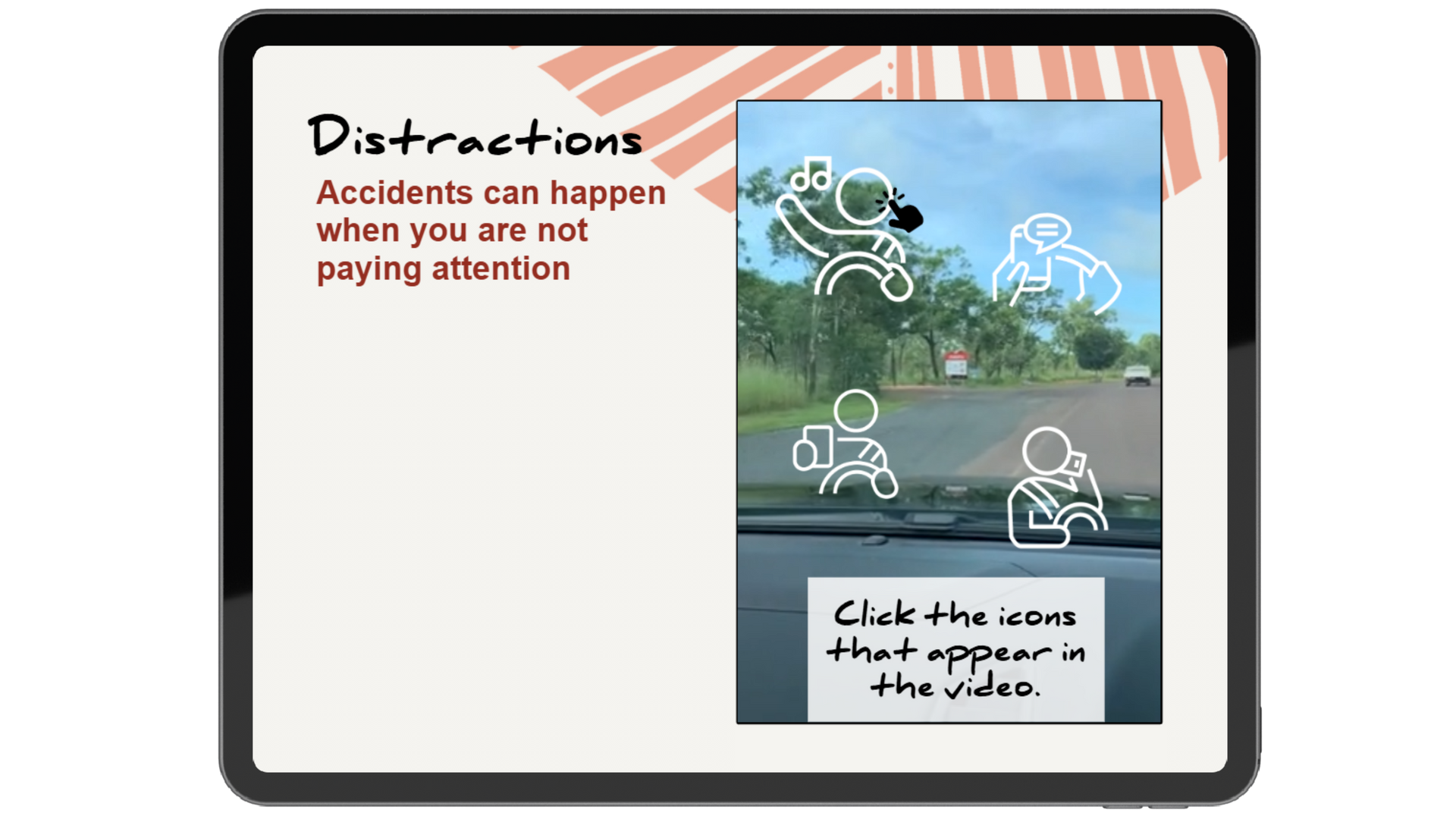
Click to try this interactive driving simulation by Captovate.
Assessment features
Articulate Storyline provides various options for assessment tools, allowing for short answer questions, multiple choice and interactive, drag and drop questions. Combining these functions with visual scenarios creates a powerful active learning space.
The following are just some of the possible Articulate activity functions:
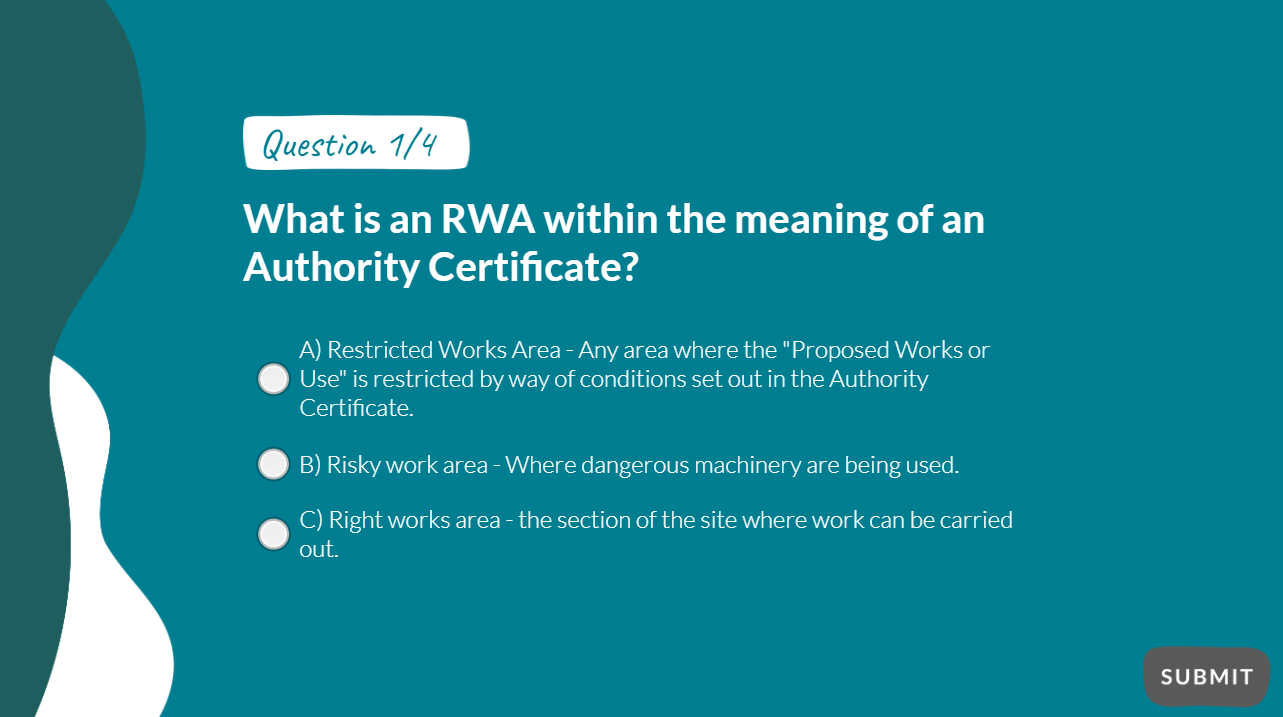

All of these can be tailored to your look and feel, and all include graphics and photos.
Bite-Sized Support Resources
Learners usually don't have time to sit through a half-hour online training course. Especially when they're in the middle of a task or trying to overcome a common challenge. This is why bite-sized support resources are essential. Everyone acquires the information they need to solve the problem and build their skills.
An example where Captovate has implemented bite size learning was with the DriveSafe project. Captovate developed a mobile App containing just the keywords relevant to each module. The keywords included a voiceover that pronounced the word, and gave its definition. The key was to help those learner drivers with limited English or low literacy, to practice the common words they would need for their driving test. This familiarisation technique was aimed to encourage learners to use their phone Apps anywhere anytime in preparation of the final written assessment.
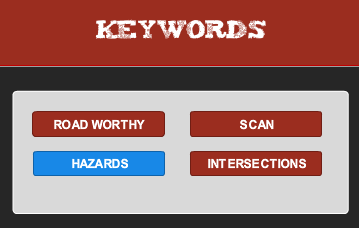
Gamification
Gamification is becoming a common requirement of many digital applications. Badges, points, and leaderboard incentives help to maintain enthusiasm. Healthy competition between colleagues is recognised as an effective form of engagement. While not related to the eLearning space, Captovate has used the concept of rewards for a behaviour change campaign for Power and Water in an attempt to encourage reduced water usage in consumers. Users gained badges for various events. With coders on our team, Captovate is well placed for implementing this innovative functionality. Gamifying makes the process more fun, as you feel like you're gaining something that's more than just knowledge.
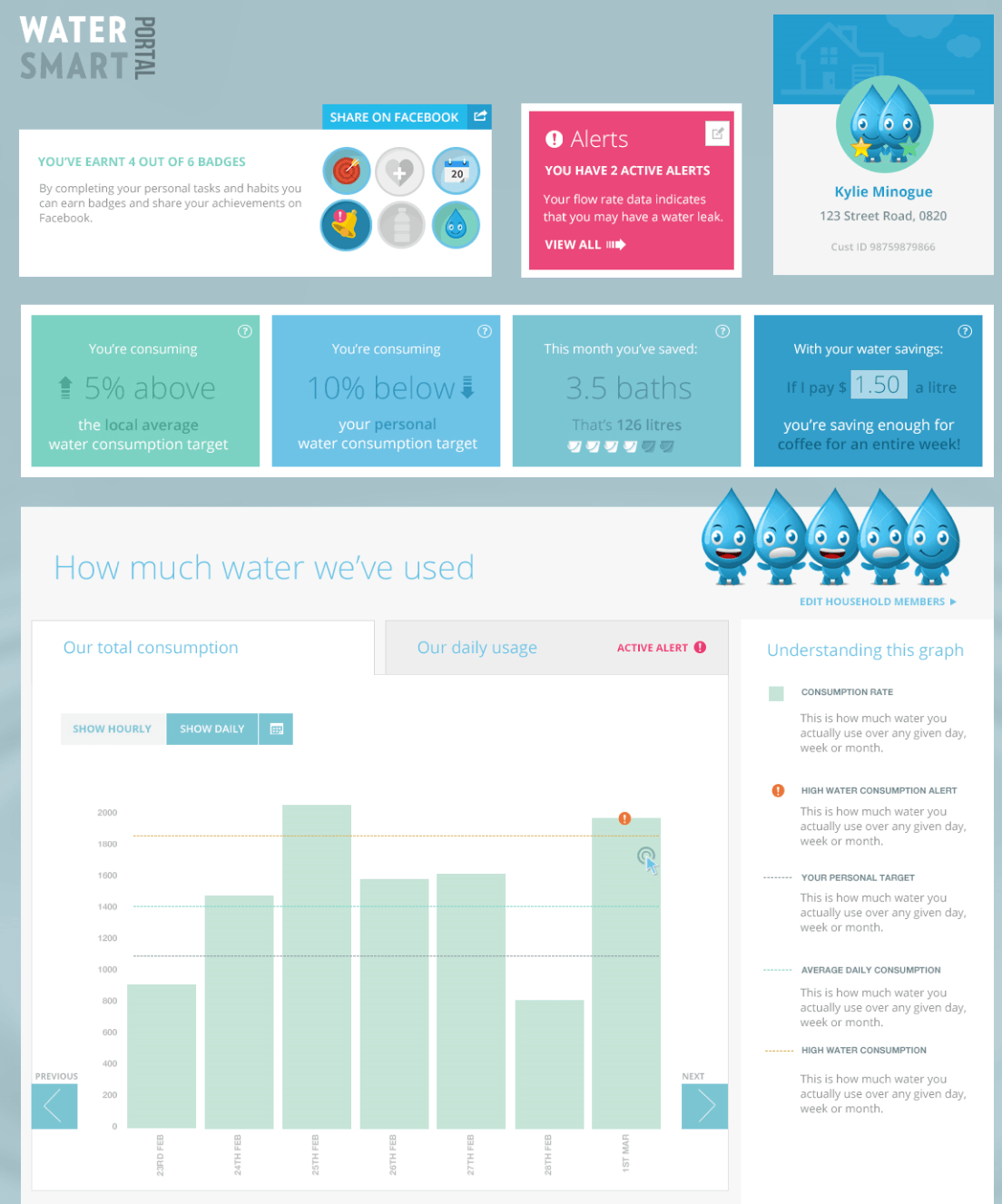
See more examples of eLearning methods
Request a link to view a live Rise course and explore examples of our previous projects — including specific features tailored to your needs.
